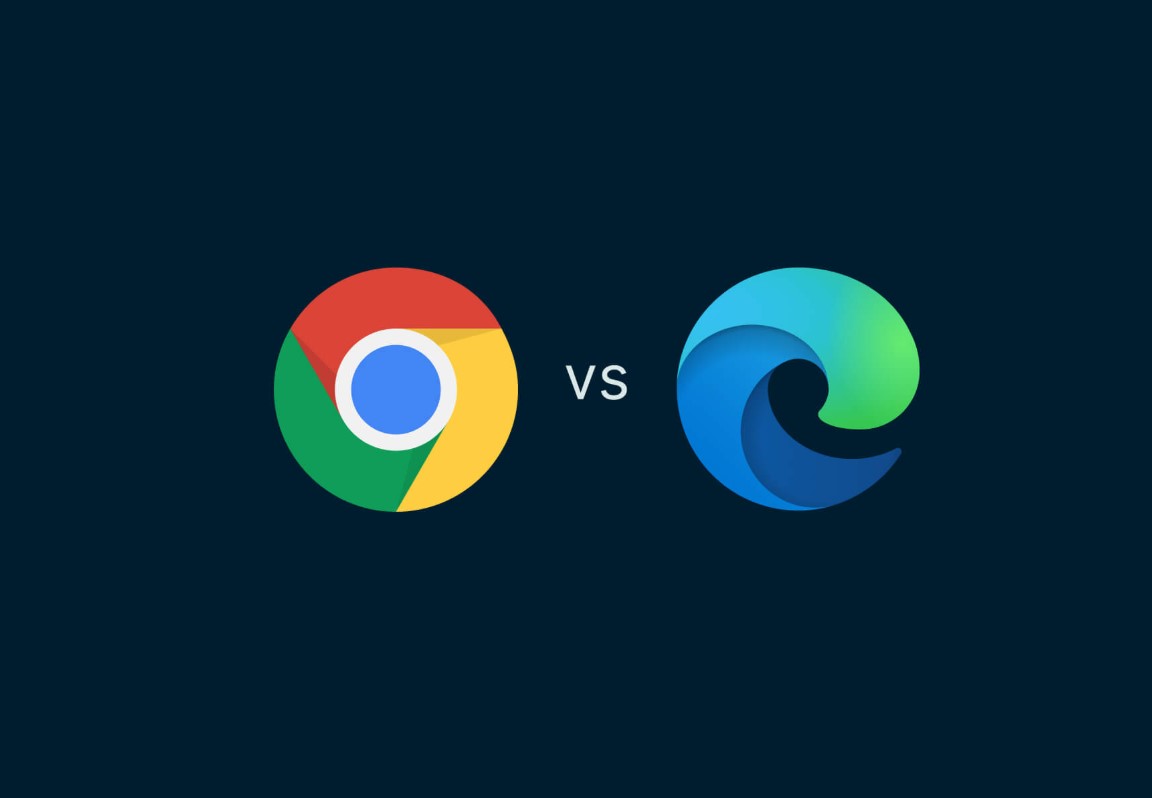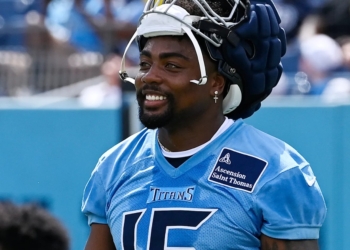If you think Microsoft is pushy about its browser now, new findings suggest it might get even more persistent — especially if you’re a loyal Google Chrome user.
A New Tactic in the Browser Battle
Microsoft has a long history of nudging Windows users toward Edge. From pop-ups when downloading Chrome to reminders that Edge runs on the same Chromium engine, the company hasn’t been shy about promoting its browser. But a new experiment spotted in the latest Edge Canary build hints at a different kind of prompt.
Windows Latest uncovered code variables pointing to something called "msOptimizeChromePBSignalForPinningOnCloseCampaigns". In plain terms, this suggests a feature that could target users who predominantly use Chrome and, after they open and close Edge, prompt them to pin it to the taskbar.
It’s not live yet, but the groundwork seems to be in place.

How It Would Work
The test involves monitoring browser usage patterns. Two flags stand out:
-
msPinningCampaignChromeUsageGreaterThan90Trigger— appears to trigger if Chrome usage exceeds 90% of total browsing time. -
msPinningOnCloseCampaignsChromeEngagedUser— likely fires if the system decides the user is deeply “engaged” with Chrome.
Once those conditions are met, closing Edge could spark a pop-up encouraging you to keep Edge handy on the taskbar — a quick click away from “giving it another try.”
There’s also a flag for targeting non-Chrome users, which hints that Microsoft might tailor the prompt to different browsing habits.
Why Now?
Edge adoption has grown since Microsoft switched it to the Chromium base, but Chrome still dominates global browser share — with StatCounter putting it above 65% as of mid-2025. That’s a big gap, and Microsoft has been rolling out small nudges to chip away at it.
Some users see these nudges as harmless marketing; others view them as nagging that interrupts their workflow. Pinning prompts might feel minor, but they could be yet another friction point for those who deliberately chose Chrome.
Will It Actually Ship?
Right now, the feature is buried in experimental flags. Microsoft could scrap it before it reaches a stable release, especially if testing shows it risks backlash.
But history offers a hint. From pop-ups warning about Chrome’s “shorter battery life” to banners inside Bing results telling users to “Give Edge a try,” Microsoft has been consistent in its approach. Betting against this making it to a public build might be optimistic.
And the timing isn’t random — Windows 11’s tighter Microsoft ecosystem has made the company more willing to push native apps, sometimes aggressively.
The User Experience Angle
For many, Edge’s constant promotion is more of a mild annoyance than a dealbreaker. You open a link, it launches in Edge by default, you close it — done. But if closing it also triggers a taskbar pinning prompt, the sense of being “chased” by the app could grow.
On the flip side, Microsoft might argue it’s just offering a convenience shortcut for people who might want to keep Edge within easy reach. But for Chrome devotees, the message is clear: Microsoft sees your choice, and it’s not ready to give up.
































